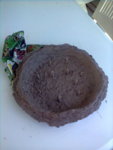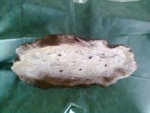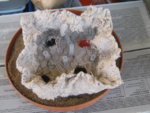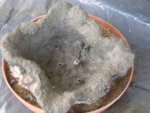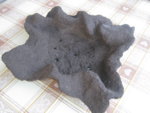Joe Dupre'
Omono
I have several square yards of 4 oz. fiberglass cloth left over from a kayak project and figured I'd try to make some sort of free form pot. I have a long and narrow button bush clump that needs a rather unusual pot size and figured I'd give it a go. I plan on soaking the cloth in the cement/sand mixture or just the plain cement and laying it over some kind of plastic covered form. After a bit of drying, I'd maybe build up the thickness a little. Anyone have experience with this type of construction? I really don't know if cement alone would be strong enough.



